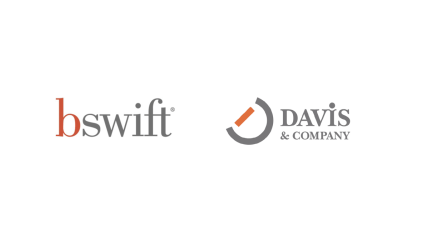
During my time as a communication expert, I’ve seen a lot of change initiatives and to paraphrase Shakespeare, “the course of change never did run smooth.” (Sorry, Willy!)
Almost any one I know—including both my own and my colleagues’ clients—would agree that communicating change to employees can be like running an obstacle course, fraught with pitfalls at every turn. Think mud run and triathlon rolled into one.
Often times, that’s because communicators—overloaded and juggling competing priorities—take a one-size-fits-all approach.
But the most successful change communication I’ve been involved with goes beyond communicating facts and figures about the change. Because if you want your change to stick, you can’t just tell employees what’s changing.
Instead, you have to create employee experiences that help employees understand the change and its impact on them.
Tailor the experience
Change is hard, no matter who you are. But the truth is, change is always harder for some employees than others.
For example, IT service desk employees might feel more strongly about an initiative to relocate call centers compared to other employees who only call into the service desk for occasional support.
And that’s why breaking your audience down into groups—also known as segmenting—is your secret weapon in change communication. It helps you ensure that employees are engaged and understand what they need to do differently.
Once you understand the impact of change for each of your different employee groups, you can begin tailoring your change communication strategies and tactics.
Think about how employees might experience a move to an online recruiting system. For most employees, this change should be relatively transparent, so high-level communication—such as an intranet article on how this move supports your company’s HR strategy—may be appropriate for the rank and file.
However, the same change may have a much larger impact on HR business partners and hiring managers, who worked together on recruiting in the past. For these two groups, the move to an online recruiting system will require them to embrace new ways of working. And one of the best ways to do that is by including high-touch experiences targeted at these employees.
High-touch experiences help employees build deep knowledge and embrace change. Because when employees are involved in figuring out the details of a change, they’re more committed to seeing it through.
These types of experiences include sessions designed to encourage dialogue and interaction, answer questions and brainstorm solutions. Here are a few examples:
- Workshops to solve a problem or figure out how to implement an aspect of the change
- Engagement sessions to identify barriers to change and solutions
- Coffee chats or other informal meetings devoted solely to answering employees’ questions
As you build your plan, remember to include high-touch experiences throughout the change communication timeline.
For instance, you may want to include some manager feedback sessions or focus groups as the change takes shape and becomes a reality for employees. You can use the learnings from these sessions to refine your efforts as the change unfolds.
To learn more about how to successfully communicate change, check out our latest e-book, How to help employees navigate and embrace change. In it, you’ll find key strategies that will help you not only drive awareness but also create experiences that motivate employees to get on board with change and develop new behaviors.




